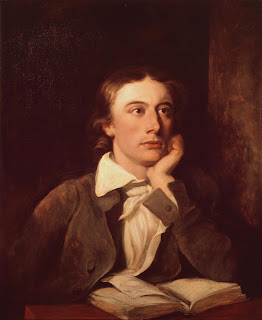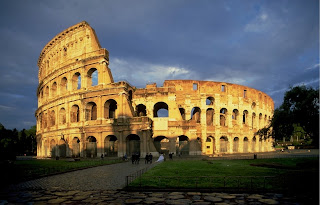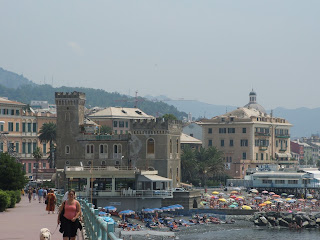The lasting appeal of Monteverdi’s first attempt at opera
 |
| A bust of Claudio Monteverdi in the Pope John Paul II gardens in Cremona |
Two letters, both dated 23 February, 1607, refer to the opera due to be performed the next day in the Ducal Palace as part of the annual carnival in Mantua in Lombardy.
In one of them a palace official writes: ‘… it should be most unusual as all the actors are to sing their parts.’
Francesco Gonzaga, the brother of the Duke, wrote in a letter dated 1 March, 1607, that the performance had been to the ‘great satisfaction of all who heard it.’
L’Orfeo, or La favola d’Orfeo as it is sometimes called, is based on the Greek legend of Orpheus. It tells the story of the hero’s descent to Hades and his unsuccessful attempt to bring his dead bride, Eurydice, back to the living world.
While it is recognised that L'Orfeo is not the first opera, it is the earliest opera that is still regularly performed in theatres today and it established the basic form that European opera was to take for the next 300 years.
The composer, Claudio Monteverdi, was born in Cremona in Lombardy in 1567 and studied under the maestro di cappella at the cathedral in the city.
He managed to secure a position as a viola player at Vincenzo Gonzaga’s court in Mantua and went on to become master of music there in 1601.
In the early 17th century, the intermedio, the music played between the acts of a play, was evolving into the form of a complete musical drama or opera.
Monteverdi’s L’Orfeo was the first fully developed example of this. The libretto had been written by Alessandro Striggio and the singers were accompanied by an orchestra of about 40 musical instruments.
It was staged again in Mantua and then possibly in other towns in Italy before the score was published by Monteverdi in 1609. There is evidence that the opera was also performed in Salzburg, Geneva and Paris from 1614 onwards.
But after Monteverdi’s death the opera was forgotten until a 19th century revival led to other performances. Nowadays, Monteverdi is acknowledged as the first great opera composer.
A performance in Paris in 1911 gave L’Orfeo particular prominence and it has since been regularly included in the repertoire of opera houses.
In 2007, the 400th anniversary of the opera was celebrated with performances all over the world and new recordings of it were issued.
 |
| The Duomo in Cremona, where Monteverdi studied music |
Cremona’s Duomo, where Monteverdi studied music, is an important example of Romanesque architecture dating from the 12th century. The facade with its large rose window was probably added in the 13th century. Linked to the cathedral by a loggia is the Torrazzo, the tallest bell tower in Italy and the third largest in the world, standing at 112.7 metres. Work began on the Torrazzo in the eighth century and the spire was completed in 1309.
Hotels in Cremona by Bookings.com
Travel tip:
Mantua is an atmospheric old city, to the south east of Milan, famous for its Renaissance Palazzo Ducale, the seat of the Gonzaga family, which has a famous room, Camera degli Sposi, decorated with frescoes by Andrea Mantegna. It is not known for certain, but the premiere of L’Orfeo may have taken place in the Galleria dei Fiumi, which has the dimensions to accommodate a stage and orchestra and space for a small audience.
Travel tip:
Mantua is an atmospheric old city, to the south east of Milan, famous for its Renaissance Palazzo Ducale, the seat of the Gonzaga family, which has a famous room, Camera degli Sposi, decorated with frescoes by Andrea Mantegna. It is not known for certain, but the premiere of L’Orfeo may have taken place in the Galleria dei Fiumi, which has the dimensions to accommodate a stage and orchestra and space for a small audience.
Also on this day:









